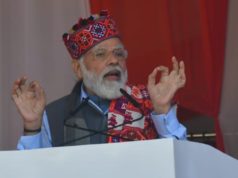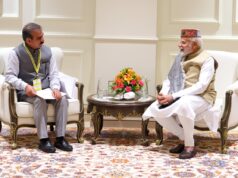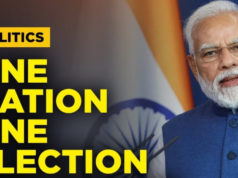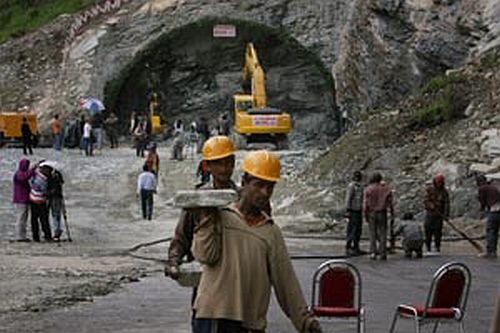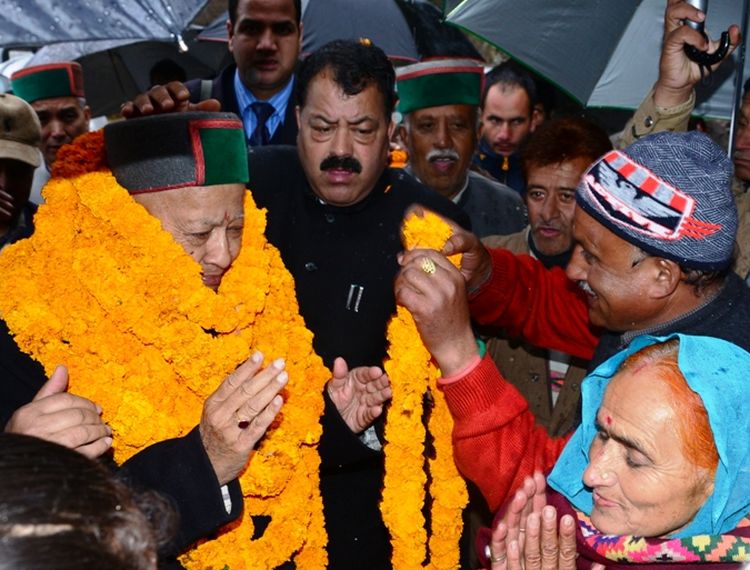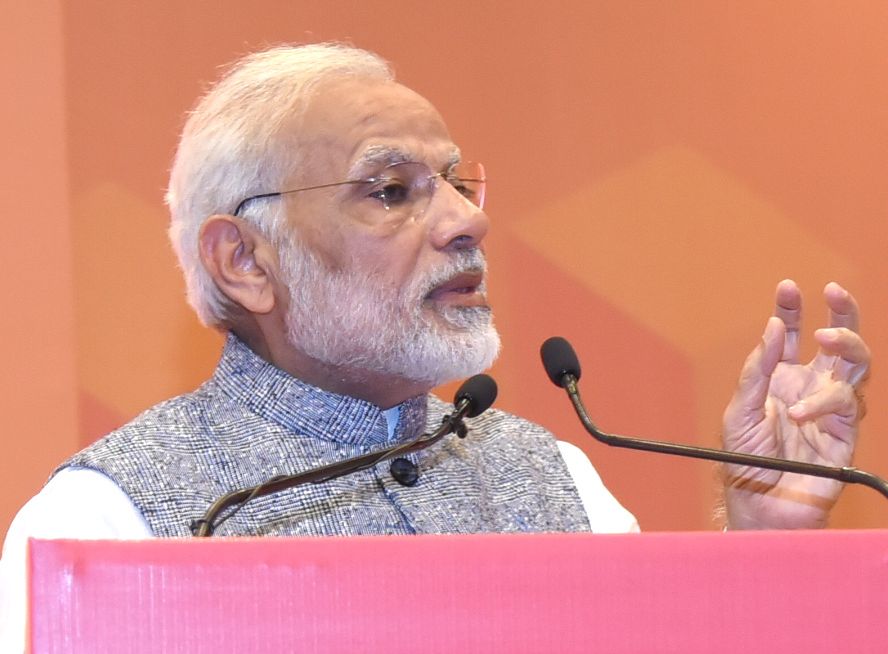
The demonetization and GST planks haven’t surely, as it seems, gone in the favour PM Modi and BJP government in particular. Both the decisions wreaked havoc on the small traders and shopkeepers, resulting in increasing distrust and dissatisfaction. This also, undoubtedly, has a considerable effect on the Indian economy. The current growth rate of 5.7 that has dipped to three years’ low says it all. Another area severely hit with these two, not so effective but historic, decisions is employment. The high profile businesses facing a credit crunch, companies going through cost cutting or some of them even calling it a day for their smaller businesses have left innumerable employees in the complete doldrums.
BJP repeatedly alleged the Congress led UPA government in 2014 elections for dragging the country into a tough phase of unemployment in the last decade. Since BJP in its manifesto also promised to and wooed the voters on the premonition of creating jobs under the broader economic revival, the party is in the dock and is being questioned for rendering many jobless. The party now needs to revive policy and keep job creation on high priority, provided it is serious about winning 2019 elections. The time is ripe enough for the purpose as the party would need at least two good years for the damage control and create job opportunities to ensure a smooth ride in 2019.
The need of the hour is to create hundreds of millions of jobs not only for educated and skilled professionals but also for the trodden section of the society with limited capital for investment and purchasing power. Let’s see how BJP government can do it.
Tap the untapped in agriculture sector
If a World Bank report is to go by, agriculture contributed 51 percent of the total employment in India in 2010 and this is a big number. The agriculture was, is and will undoubtedly be the single largest occupation for the populace in India and world over in the foreseeable future. Furthermore, the fact worth noticing here is that women in India render approximately 30 percent of the total employment in the agriculture sector. Even when India is an agrarian economy, farmers are at the receiving end. News of farmers committing suicide coming up every now and then and village populace moving to cities in search of jobs woefully depict the entire scenario in a shady light. This asks the government to focus more on the state of affairs in the agriculture sector and taking measures to ensure farmers are assisted in every endeavour of theirs and get good rates for their produce.
Secondly, supporting farmers with the modern tools and latest technologies available in the field across the world is equally important too. This will help Indian farmers to develop better technical know-how and bridge the looming difference between agricultural productivity in the developing and developed countries. This probably also answers the questions why 50% workforce in India, which is involved in the agriculture sector alone, contributes only 16-17 percent of the GDP. With this, exploring the exorbitant potential in this sector and creating more job opportunities won’t be that difficult.
Help self-employed become employers
Further, what could help Modi led NDA government to increase the employment opportunities is to help self-employed become employers – be it in agriculture or urban sector. As per the report by National Sample Survey Office (NSSO) of the Ministry of Statics and Programme Implementation under the government of India for the year July 2011 to June 2012, 54% of the rural and 41% of the urban populace was self-employed. The need here is to go to the grass root level, make the right policies, provide technical assistance and financial support to self-employed establish small firms, which in return will create job opportunities. The proliferation of small enterprises in the rural areas and supporting startups in the urban landscape will give impetus to job creation. Besides this, focusing on policies to help self-employed with small firms and startups with an easy access to technology, helping not so expert workforce to chisel skills with training, help companies explore their target market and use the right distribution channels will accelerate the employment process. The government should ease the tax norms for the startups in urban areas, provide them mentor Public Sector Undertakings (PSUs) and funds from their coffers will surely prove a differentiator.
Make masses tech-savvy, skilled
The skill of workforce is of foremost importance and surely creates the difference between the sluggish products and profit a company makes. Technology is, undoubtedly, the success mantra. The think-tank in Modi government might surely be focussing on bringing in the best of it. Enhancing technical knowledge of the masses and inclusion of the latest techniques will increase the productivity, better product quality and make exports more competitive.
Enhancing skills and providing technical expertise will enable the government to bring in more workers from informal to the formal sector. Imparting technical and vocational knowledge at the local level, introducing courses at the school and college level to have a skilled workforce will eventually end up the problem of unskilled labour.
Revamp the education system
This might sound abrupt, out of place here and a factor that might not benefit the BJP led NDA government instantly. However, it will surely benefit the masses in the decades to come. After extending the basic education, it is highly important for the government to create an education ecosystem that can put skilled graduates in the market. The current education system manufactures ill-equipped and unskilled graduates that make the problem even worse. Our current education system imparts knowledge and attributes that are irrelevant to modern day market and industry demands. Hence, the problem of educated unemployed is increasing with each passing day.
Lower interest rate, mitigate loan rigidity
Loans are the vital parts as long as current NDA government is interested in increasing the rate of employment considerably. Lowering the rate of interest and softening the rigid loan norms will liberally open up bank coffers for new enterprises and small traders who can now borrow more; spend more to meet their increased business demands and support their future aspirations. With ready liquidity in hand, companies can hire more workers and skilled hands.
Consider spending more on public works
One of the ways that can help Modi government to create more jobs for unskilled workforce instantly is to consider spending more on public works like building roads, bridges, dams etc. This simply means that the government has to hire contractors and a huge labour to complete these projects. Ex-PM Manmohan Singh’s MGNERAGA Act 2005, launched on February 2, 2006 and scoped to cover all the districts across states in India by April 2008, offered 100 days of wage employment to unskilled labours. This proved a determining factor for Congress; helping it to take the second consecutive term at the centre after three decades.



